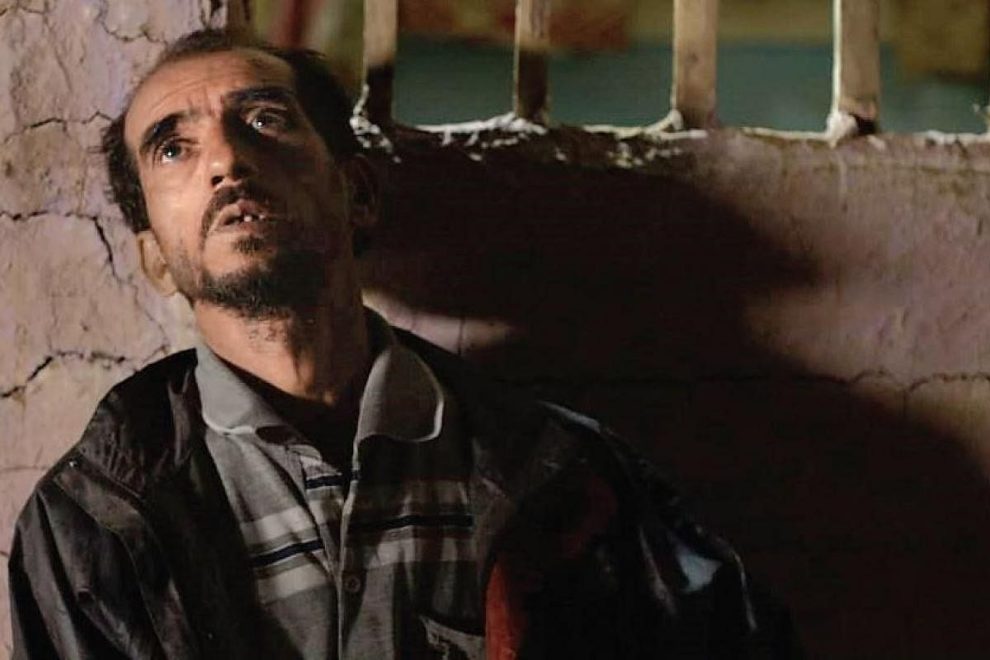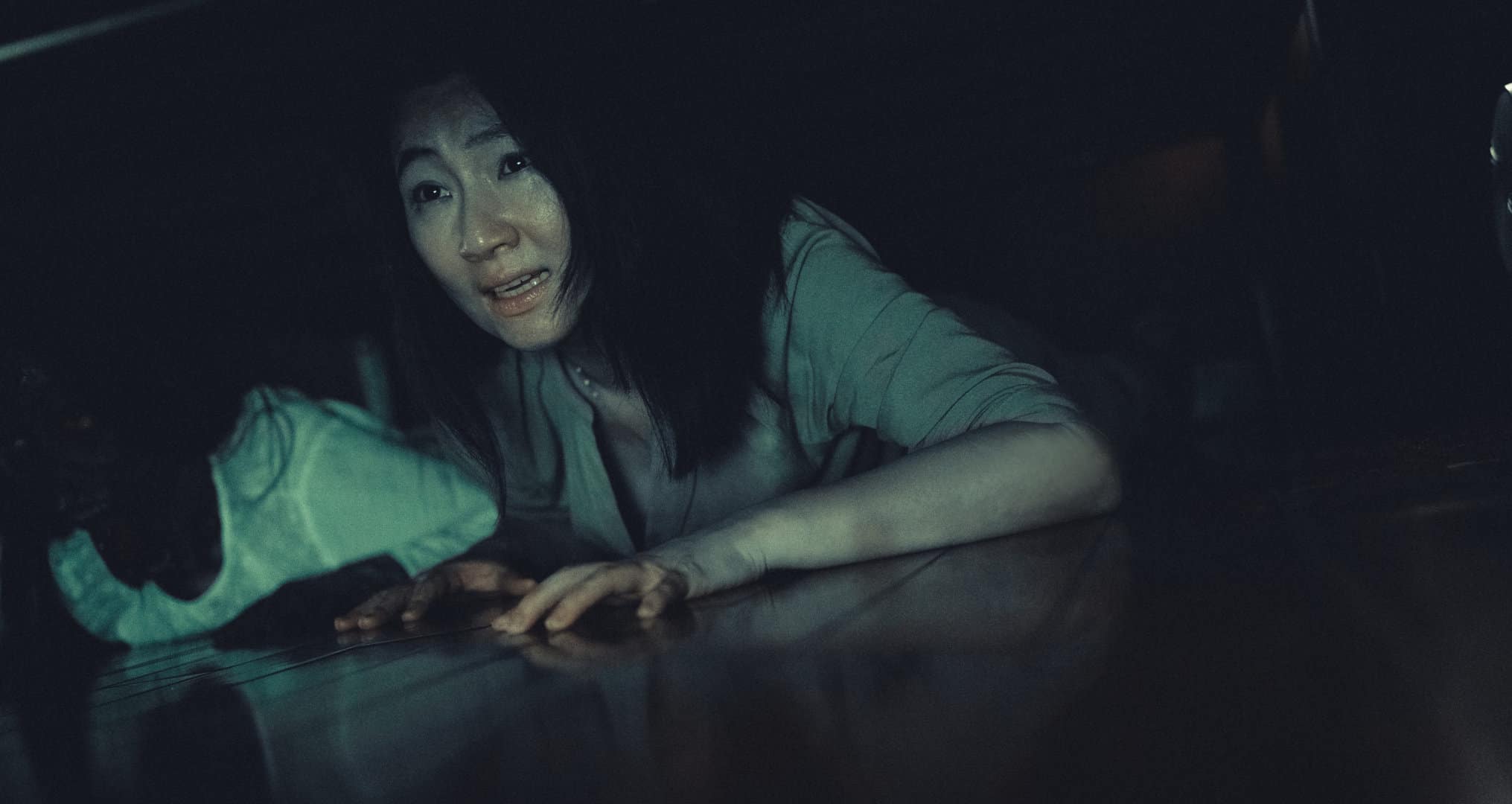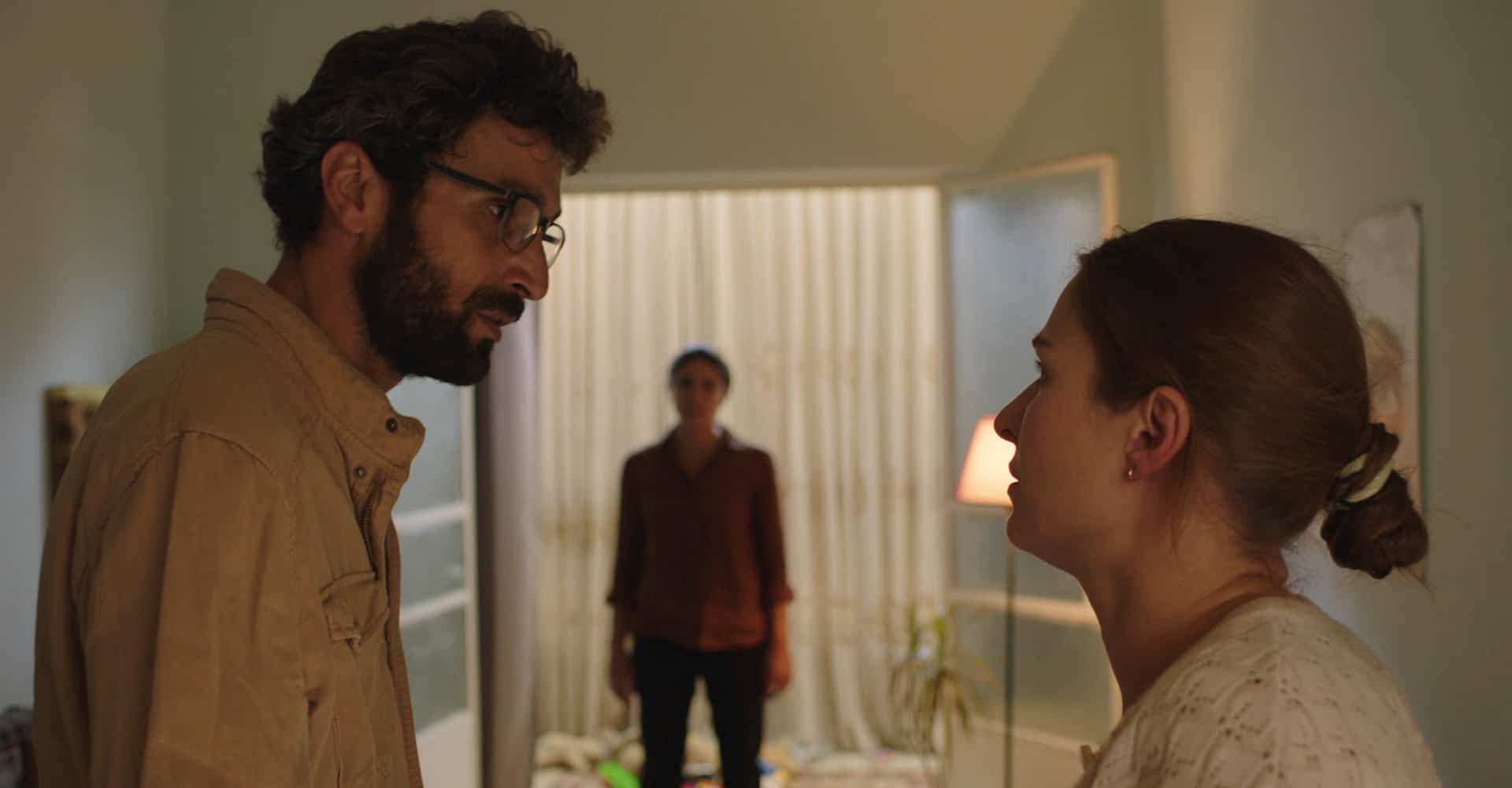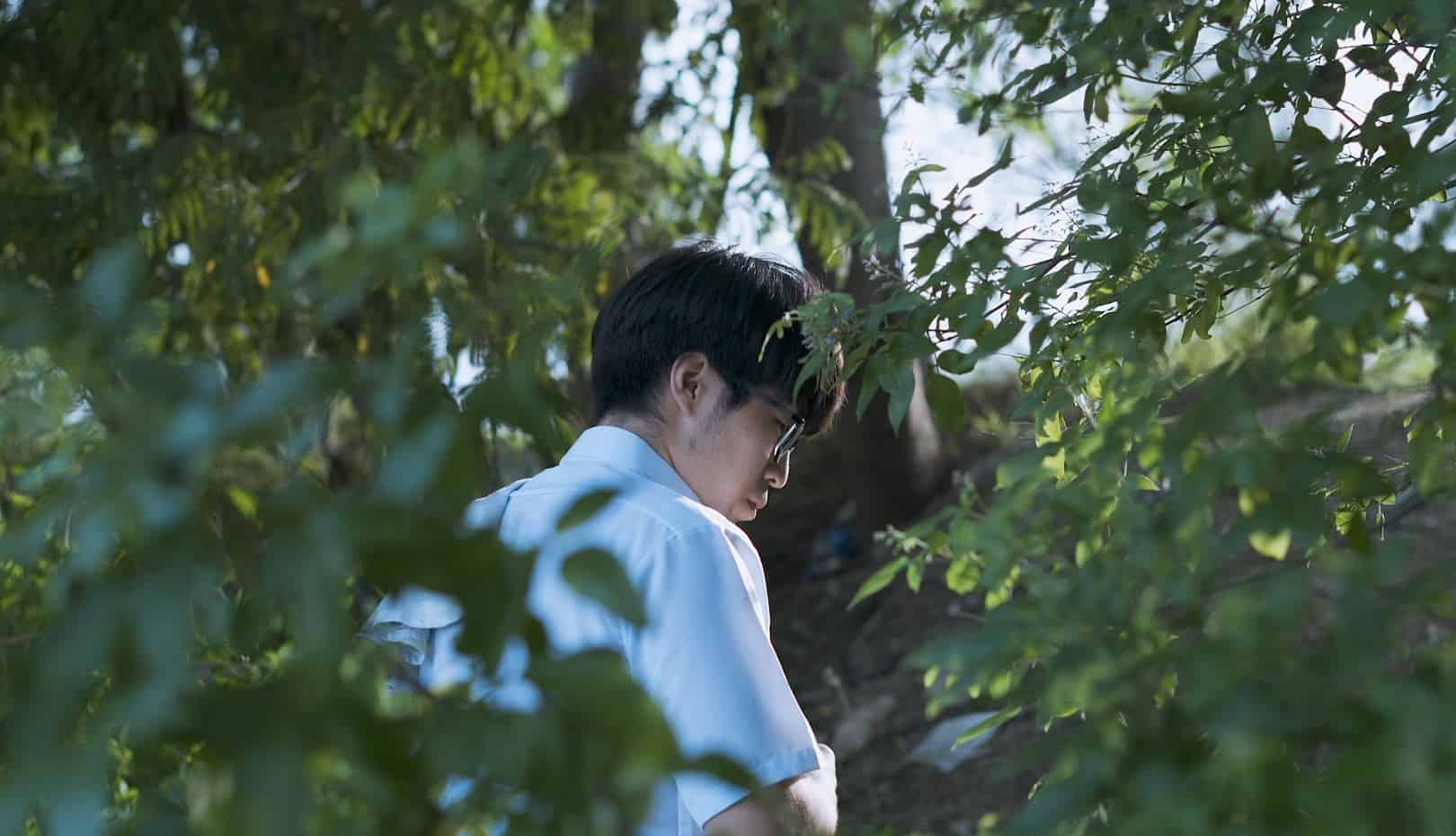“Pedro”, the interesting debut feature of a young Kannada director (doing also the honors of a producer, co-editor, and writer) Natesh Hegde, is an engaging glimpse into a closed rural community of a village located amidst Western Ghat's dense forest. It drifts away from the usual slice-of-life documentarian style of this type of tale toward intimate psychodrama and introspective portrayal of a character, whose passiveness, alienation, and apathy are largely anti-heroic.
“Pedro” is screening at Indian Film Festival of Los Angeles
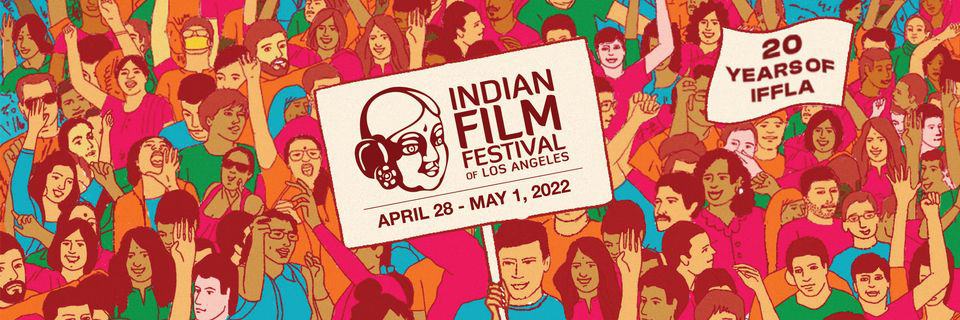
Pedro is a middle-aged electrician, doing odd contracted jobs, who lives with his mother, sister-in-law, and her little son in a cramped house. He replaced his estranged brother, a troublemaking feisty drunkard, as the head of a family, and the former often bangs at the door, manifesting his anger and shouting his frustration off. Pedro's looks are ordinary, he hardly ever speaks, and drinks a bit too much, like most of the males he knows. Despite a harsh life and toxic patterns of masculinity coded in his environment, Pedro sometimes shows a touching gentleness, like in scenes when he gives his nephew a bath or mourns his dog. He neither seems good, nor bad, being just someone who never got chances to aspire for more, and is struggling to fit into the norms of a society. A society that only demands, giving anything in return. Soon, in an unfortunate turn of events, Pedro becomes a full-fledged social outcast.
The director drew from his experiences and observations. Using minimalistic means of expression, he shot in village surroundings with a cast mostly combined of locals, with his father, who also isn't a professional actor, in a lead role, boosting the story with authenticity. The slow pace allows us to focus on characters and their struggles. Although the director doesn't directly show violence, it is a violent movie. Tensions lurk beneath the surface, and you know it is only a matter of time before a spark will ignite a flame. The remote forest village is not a bucolic, idyllic dreamscape. But not a house of horrors either. It seems painfully real, with people burdened with ordinary day-to-day problems. It is a world of no perspectives, where men can only drink and make jokes at each other's manhood. They don't know any different ways. The director shows the communal mind, the bigotry, and hypocrisy of religious practices and a village torn by divisions. Empathy hardly exists, human relations are transactional. It only matters what option gives the better chance of survival at the moment.
The world of the villagers is built on oppression, deeply rooted in social tissue. This hierarchy comes with a particular pecking order, in which violence may also be economical and inequalities stay strong. The director shows the privileged position of a landlord, for whom having people at his disposal and deciding both about their employment and life seems natural. Hedge also underlines the plight of simple wage workers. Pedro's job as an electrician is about climbing pylons to fix power lines without any security measures or professional equipment, often in pouring rains.
The director, the cinematographer Vikas Urs and the sound designer Shreyank Nanjappa make great use of space and score. Longs static takes combined with lack of background music (instead we get wind, rustling trees, the hum of rain, babbling brook) create an ambient sleepy surrounding. The place seems serene, lost in time and monsoon rains. But ironically, the lush greens immersed in mists seem claustrophobic and suffocating. Observational shots sometimes take a poetic turn, and the camera shows reflections in water or a conversation held behind the fogged glass. Also, the dreamy pinkish light in a bar, where men get inebriated, is an interesting choice.
Before Los Angeles Indian Film Festival, “Pedro” premiered in Busan in the New Currents section. And it has been awarded during Pingyao international film festival for Best Direction. Although cinemas of South India slowly get more and more international recognition, the Kannada movie industry remains mostly terra incognita (sadly, also for Indian audiences). So “Pedro”'s festival round is a great opportunity to turn to new grounds, and check the works of the new generation of filmmakers hailing from the same state as Girish Kasaravalli.


